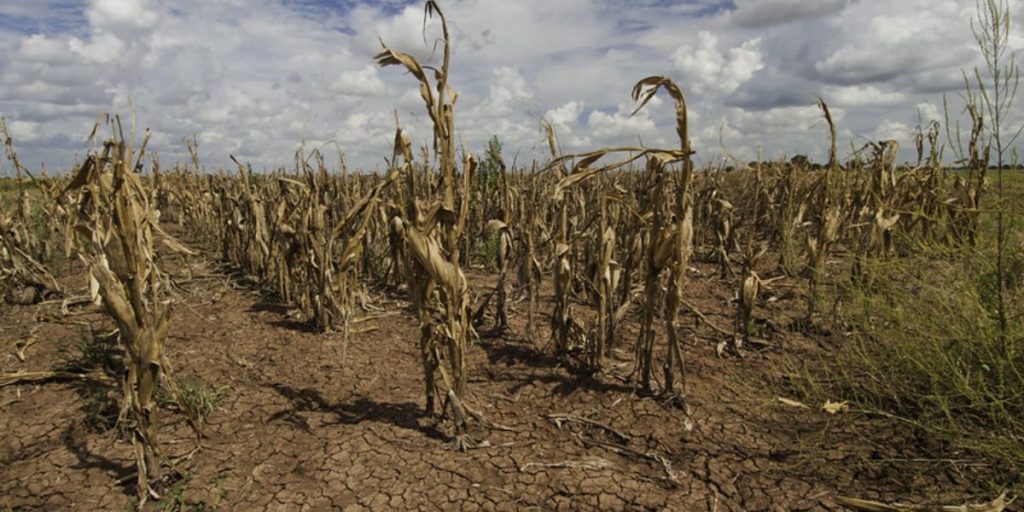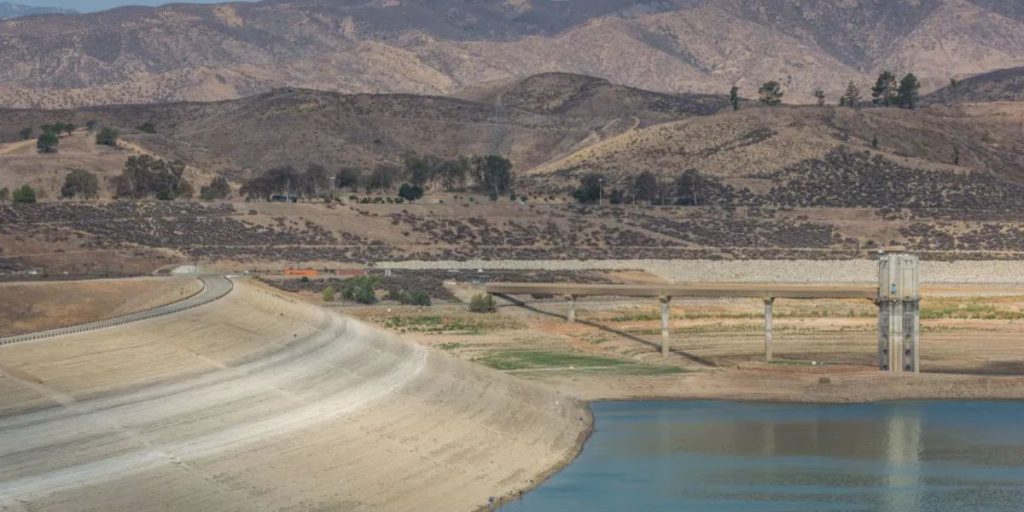Water scarcity is a pressing global issue that affects millions of people around the world, and the United States is not exempt from its grasp. While the U.S. is often associated with abundant water resources, certain regions within the country face significant challenges in securing a sustainable water supply. In this article, we will delve into the state within the U.S. that grapples with the highest levels of water scarcity.
Identifying the State
The state with the highest water scarcity in the United States is CALIFORNIA. Known for its diverse landscapes, vibrant cities, and agricultural abundance, California also contends with a chronic water shortage that has far-reaching implications for its residents, ecosystems, and economy.
Causes of Water Scarcity in California

- Droughts: California has a history of recurrent droughts, and climate change exacerbates the frequency and severity of these events. Prolonged periods of low precipitation result in diminished water reservoirs, impacting both urban and agricultural water supplies.
- Population Growth: With a population exceeding 39 million people, California is the most populous state in the U.S. The increasing demand for water resources puts a strain on existing infrastructure and exacerbates scarcity issues.
- Agricultural Water Use: California is a major agricultural hub, providing a substantial portion of the nation’s fruits, vegetables, and nuts. However, irrigation for crops consumes a significant portion of the state’s water resources, contributing to overall scarcity.
- Inefficient Water Management: Inefficiencies in water management practices, including outdated infrastructure, water waste, and inefficient irrigation techniques, further strain the available water supply.
Impacts of Water Scarcity
- Economic Consequences: Water scarcity directly affects California’s economy, particularly its agricultural sector. Reduced water availability can lead to crop losses, job cuts, and increased food prices.
- Environmental Degradation: Insufficient water supply puts stress on ecosystems, leading to habitat loss and biodiversity decline. Aquatic ecosystems, in particular, suffer from reduced water flow and increased pollution.
- Social Challenges: Water scarcity has social repercussions, affecting communities, particularly those in rural areas, that rely on agriculture for their livelihoods. Limited access to clean water can also impact public health.
Addressing the Challenge

- Water Conservation Programs: Implementing and promoting water conservation practices at the individual, community, and industrial levels.
- Investment in Infrastructure: Upgrading and modernizing water infrastructure to reduce wastage and increase efficiency.
- Diversification of Water Sources: Exploring alternative water sources, such as recycled water and desalination, to supplement traditional sources.
- Policy Reforms: Enacting and enforcing policies that encourage sustainable water use and discourage wasteful practices.
Conclusion
While California grapples with the highest levels of water scarcity among U.S. states, it is crucial to recognize that water scarcity is a complex issue with multifaceted causes. Continued efforts in conservation, infrastructure development, and policy reforms are essential to ensure a sustainable and resilient water future for the state and the entire nation.

